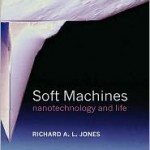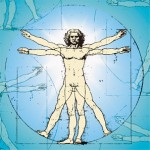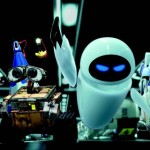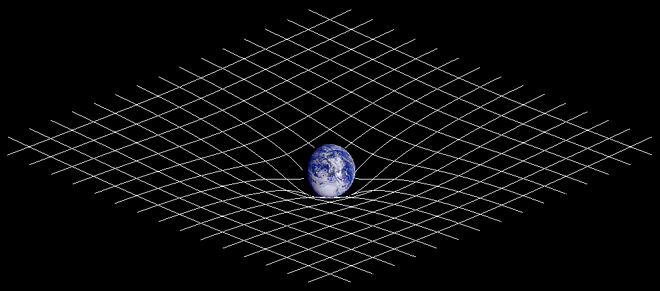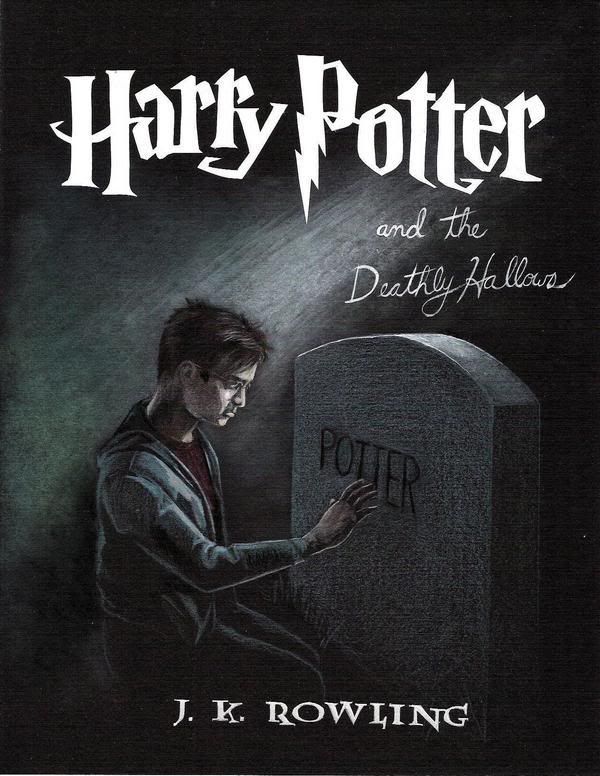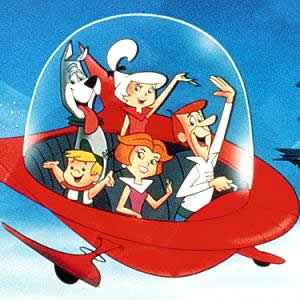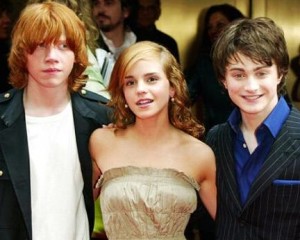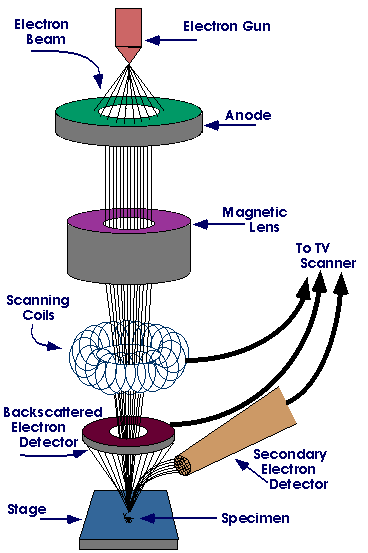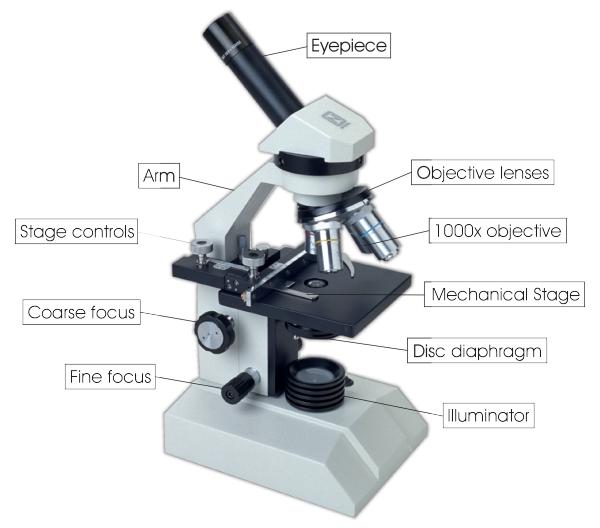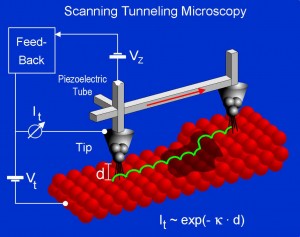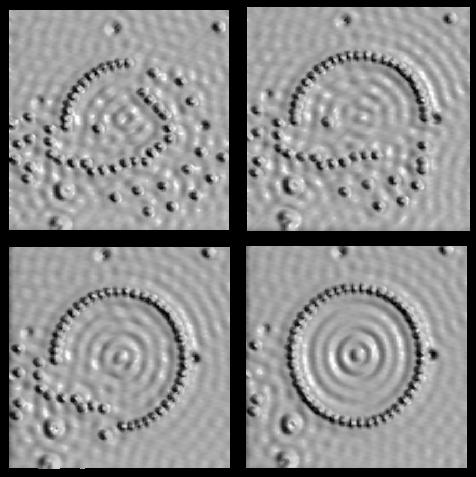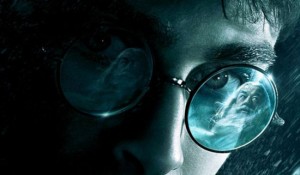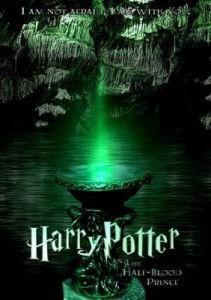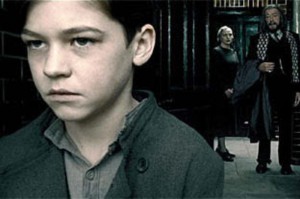Monday was a really neat and eventful day. First the museum, then the LAPD plasma lab, and finally the book collection.
First of all, I thought the art we viewed at the Fowler Museum mind-expanding. The exhibit consited of Aboriginal ‘Dream’ paintings from Papunya in Australia. These painting were recent, considering that most Aboriginal art is temporary in nature or not able to move from nature. These painting were done of cardboard and canvas thanks to a  school teacher who traveled to the heart of Australia to basically record the Australian Aboriginal culture through art. So art was generally from the 1970’s and up. And despite a lack of connection to mainstream culture and an alternative lifestyle, I found that this Aboriginal art could fit seamlessly into contemporary galleries of today.
school teacher who traveled to the heart of Australia to basically record the Australian Aboriginal culture through art. So art was generally from the 1970’s and up. And despite a lack of connection to mainstream culture and an alternative lifestyle, I found that this Aboriginal art could fit seamlessly into contemporary galleries of today.
The paintings exhibited visions of their culture that were highly representational. For example, a swirly line represents a watering hole in their art work. The abstraction also fits with the detail of the work. The work is more on a flat landscape with more of an emphasis on patterns and textures rather than on realistic detail. Some of my favorite works in the exhibition were simply just patterns of lines and dots. In the Aboriginal paintings that featured only these simple elements, it still was pleasing to see.
Aesthetics is such an abstract yet perscise thing. I wonder if science has to do with what appeals to a human as aesthetically pleasing. Like how some  people think that there might be an underlying formula to Motzart’s music, there might be a connection to science and art. After all, the dotted paintings I saw at the museum did kind of look like tiny atoms.
people think that there might be an underlying formula to Motzart’s music, there might be a connection to science and art. After all, the dotted paintings I saw at the museum did kind of look like tiny atoms. 
http://www.aboriginalartonline.com/aboriginalpainting/index.php
http://www.tribalworks.com/aboriginal_art_dot_painting_gallery.htm
http://en.wikipedia.org/wiki/Indigenous_Australian_art
http://www.pianofundamentals.com/book/en/1.IV.4
http://www.fowler.ucla.edu/incEngine/



 It is used by many people and helps to relieve pain, yet it has the potential to cause harm, has many side effects. I think that with future technology the government will tend to put to many restrictions on it making people afraid of the product when really the benefits will exceed the dangers.
It is used by many people and helps to relieve pain, yet it has the potential to cause harm, has many side effects. I think that with future technology the government will tend to put to many restrictions on it making people afraid of the product when really the benefits will exceed the dangers.  It was incredible to experience so much silence that you actually hear a loud buzzing like sound in your ears. The buzzing was caused by blood flow and the hairs within the inner ea. It was so black that after a time you would see shades of black going across your eyes in an almost flowing motion as if it were a gel. The speaker explained that this was caused by the blood flow in the eyes. The Anechoic Chamber is made of foam and wire.
It was incredible to experience so much silence that you actually hear a loud buzzing like sound in your ears. The buzzing was caused by blood flow and the hairs within the inner ea. It was so black that after a time you would see shades of black going across your eyes in an almost flowing motion as if it were a gel. The speaker explained that this was caused by the blood flow in the eyes. The Anechoic Chamber is made of foam and wire.  The floor is foam, yet you do not walk on it. Instead you walk on wire that is several feet above the foam. Then the walls were composed of foam that was not straight across the wall. The reason why the room makes you feel a certain way is because of the patterns the foam is arranged.
The floor is foam, yet you do not walk on it. Instead you walk on wire that is several feet above the foam. Then the walls were composed of foam that was not straight across the wall. The reason why the room makes you feel a certain way is because of the patterns the foam is arranged. 